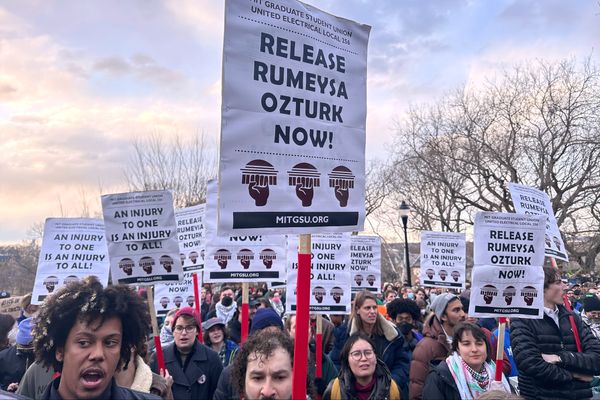
With Selection Sunday approaching, the NCAA Tournament bubble picture is becoming clearer. Using AI analysis powered by ChatGPT’s Deep Research, we’ve crunched the latest data to predict which bubble teams will hear their name called and which will be left out. Based on recent performances, strength of schedule, and key wins, here’s a look at the last four in, first four out, and what each team needs to do to secure a spot in March Madness.
Here are ChatGPT’s Deep Research’s thoughts on the March Madness bracket bubble:
March Madness Bubble Breakdown: Last Four In & First Four Out
Last Four In (Projected to Make the Tournament)
-
Oklahoma
- Why? Strong 6 Quad 1 wins, solid NET ranking (47), and a tough schedule (SOS #31).
- Concern? Finished 6–12 in SEC play, which is a weak record.
-
Indiana
- Why? Top-15 SOS (#14), solid NET ranking (52), and a few key wins.
- Concern? Only 4 Quad 1 wins and a losing Big Ten record.
-
Xavier
- Why? A late-season surge (7 straight wins) helped them sneak into the conversation. NET (44) is decent.
- Concern? Only 2 Quad 1 wins, which is the fewest of any team in the “Last Four In”.
-
Ohio State
- Why? Best NET ranking (37) of any bubble team and 6 Quad 1 wins against strong competition.
- Concern? 14 total losses and sub-.500 conference record make them vulnerable.
First Four Out (Just Miss the Cut)
-
Boise State
- Why? NET (45) is solid, and they’re 2–5 in Quad 1 games, better than some other bubble teams.
- Why Out? Weak schedule (SOS #78) and not enough statement wins.
-
North Carolina
- Why? Good SOS (#18) and finished strong in the ACC.
- Why Out? 1–11 record in Quad 1 games is a massive red flag.
-
Texas
- Why? 5 Quad 1 wins, solid NET (42), and played a strong schedule (SOS #54).
- Why Out? Finished the season 2–7 in their last 9 games, showing inconsistency.
-
Colorado State
- Why? NET (54) is decent, and they have some good mid-major wins.
- Why Out? Only 1 Quad 1 win, weak SOS (#91), and a lack of signature wins against tournament teams.
Bubble Teams Key Metrics
| Team | NET Rank | Strength of Schedule (SOS) | Quad 1 Record | Estimated Probability of Making the Tournament |
|---|---|---|---|---|
| Oklahoma | 47 | 31 | 6–10 | ~65% |
| Indiana | 52 | 14 | 4–12 | ~65% |
| Xavier | 44 | 73 | 2–8 | ~66% |
| Ohio State | 37 | 22 | 6–11 | ~38% |
| Boise State | 45 | 78 | 2–5 | ~35% |
| North Carolina | 40 | 18 | 1–11 | ~30% |
| Texas | 42 | 54 | 5–10 | ~30% |
| Colorado State | 54 | 91 | 1–5 | <20% |
Final Thoughts
- Oklahoma & Indiana are likely the safest bets to get in based on resume strength and quality wins.
- Xavier & Ohio State are in, but barely. If a bid thief emerges, Ohio State is in trouble.
- Boise State & North Carolina need at least one more quality win in their conference tournaments.
- Texas & Colorado State need deep runs in their respective tournaments to have a shot.
This race is tight, and any upsets in conference tourneys could shake up the bubble. Selection Sunday will be chaotic.
Commentary
Nick Raffoul, Head of News at BBI, commented on ChatGPT’s findings:
“AI models like ChatGPT’s Deep Research are great at identifying statistical trends, but March Madness selections don’t happen in a vacuum. The committee weighs things like injuries, momentum, and historical biases that AI can’t fully quantify. That’s why you’ll see some teams with better metrics left out while others sneak in based on things like big conference wins late in the season. AI gives us a strong baseline, but Selection Sunday always brings surprises.”







